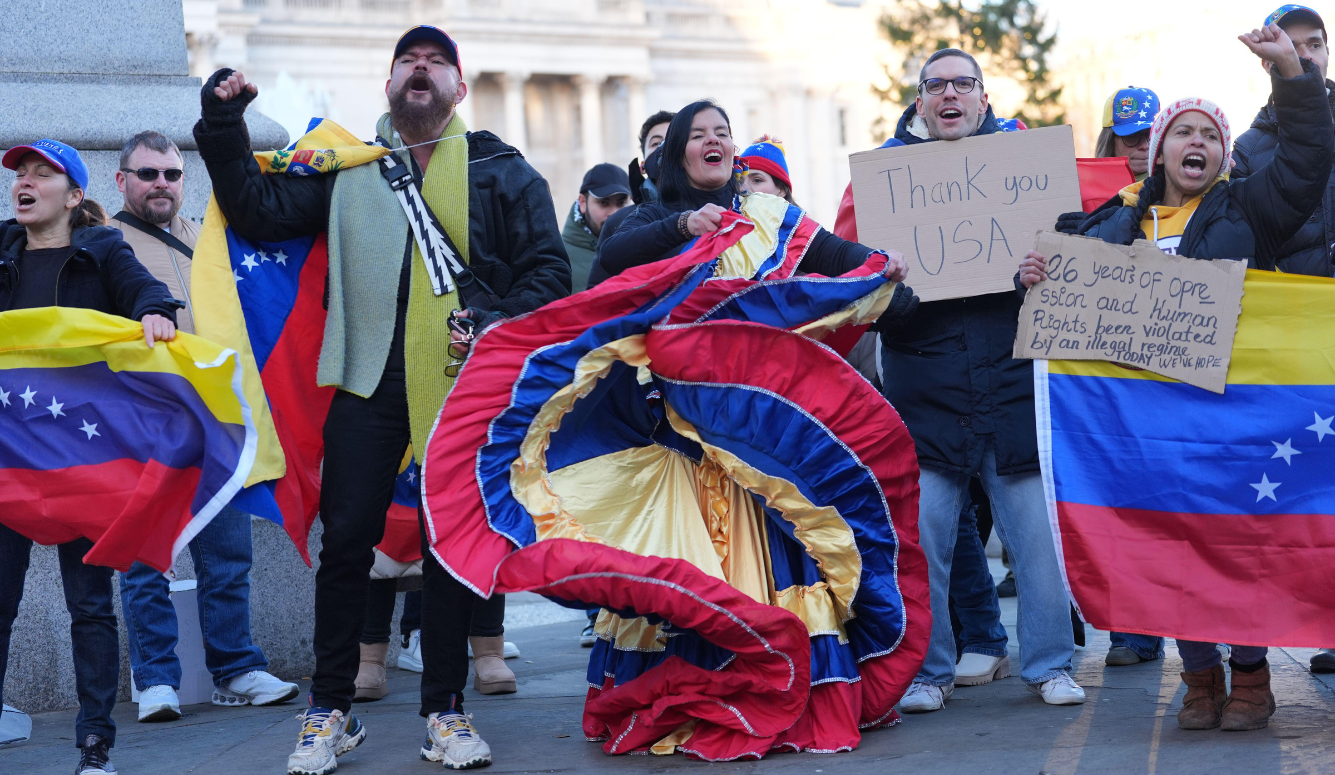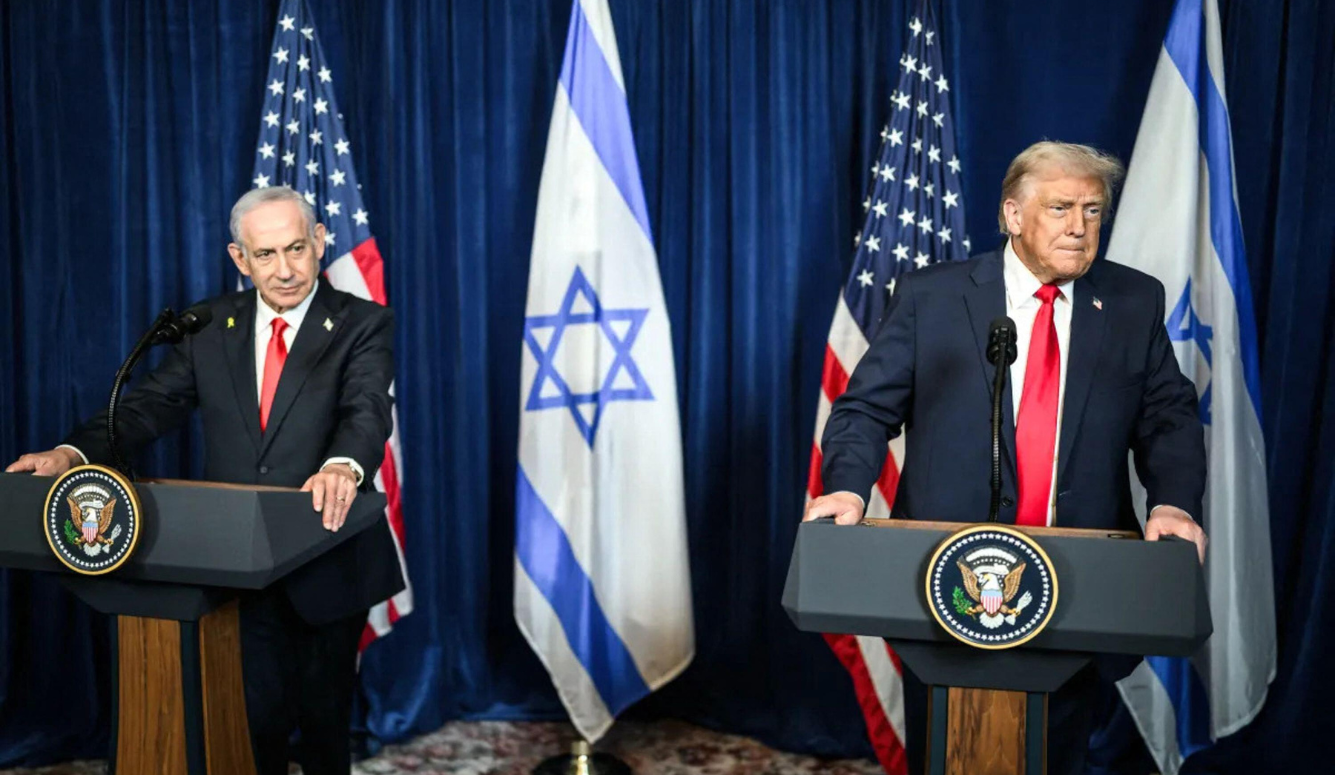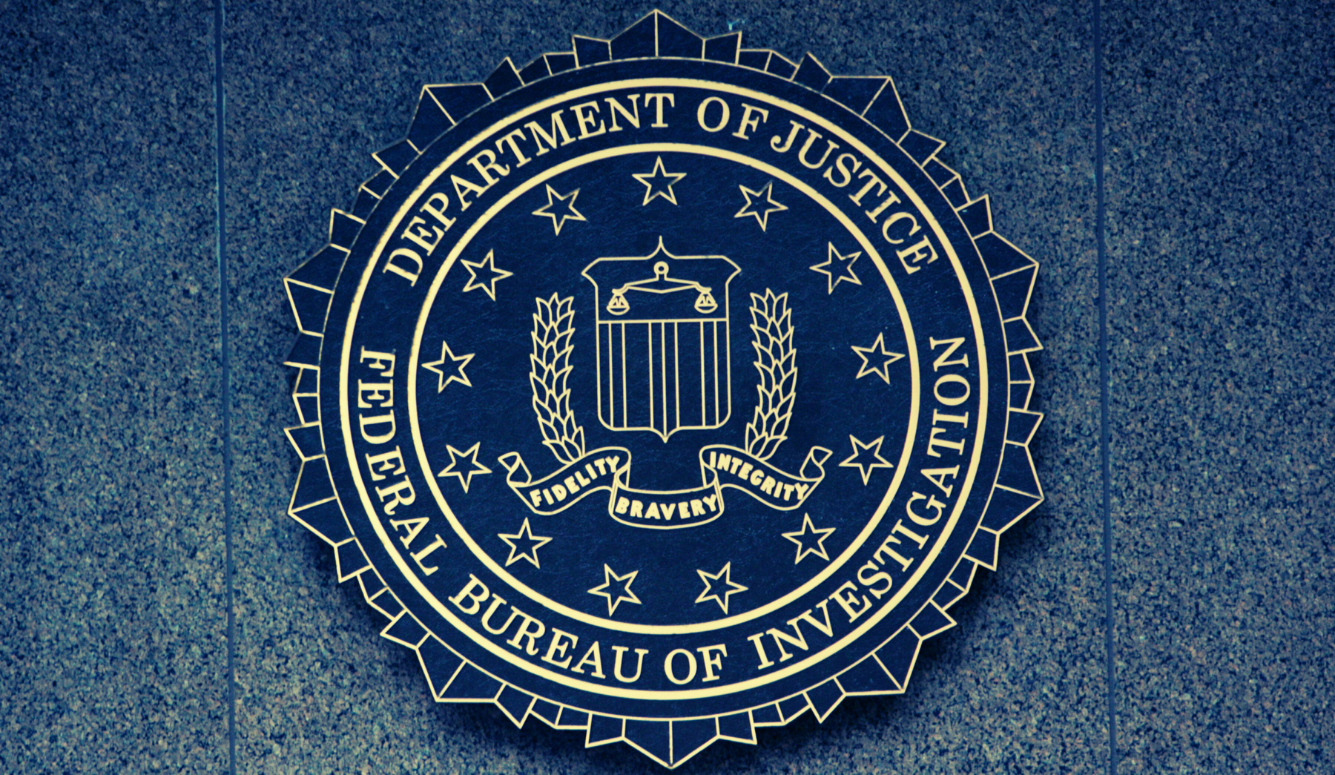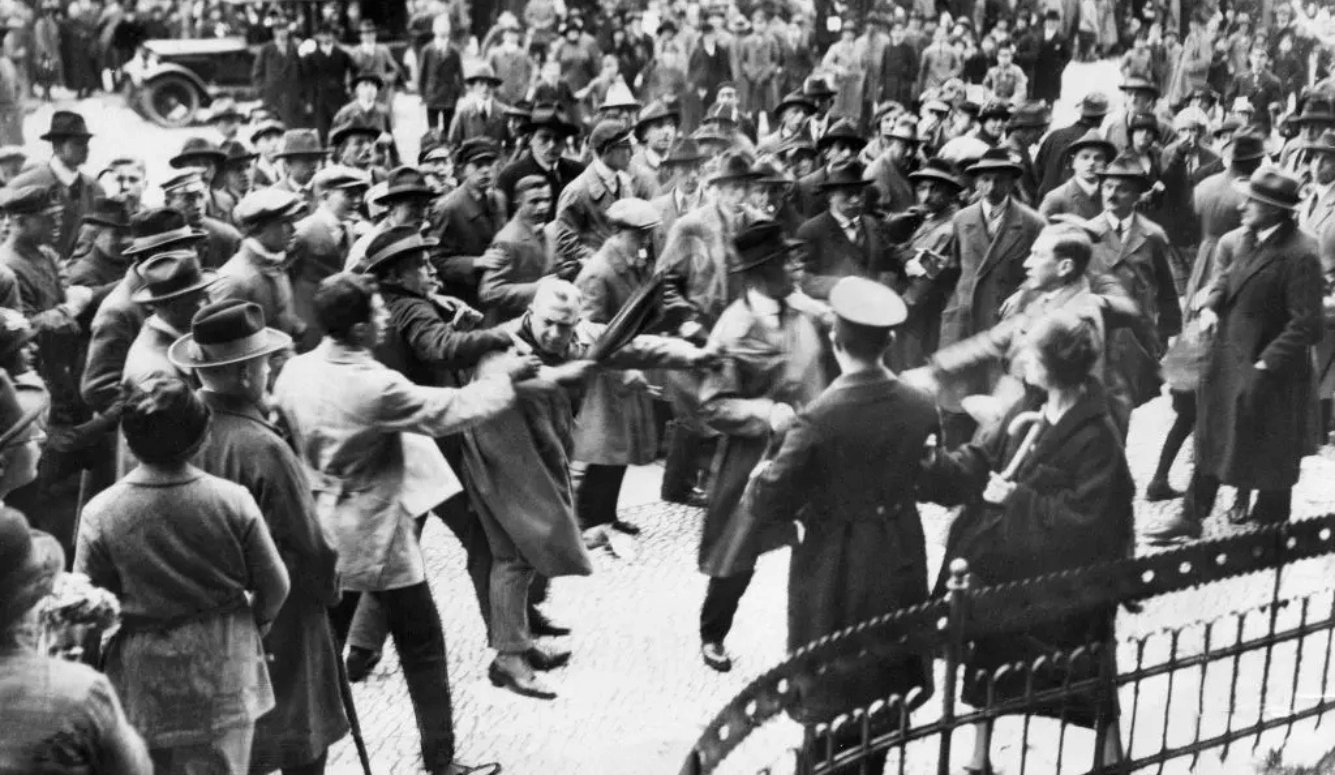Politics
The Multipolarity Mirage
What realists like Emma Ashford deride as America’s “reactionary defence of the status quo” is in fact a prudent effort to preserve a world order of unparalleled value.
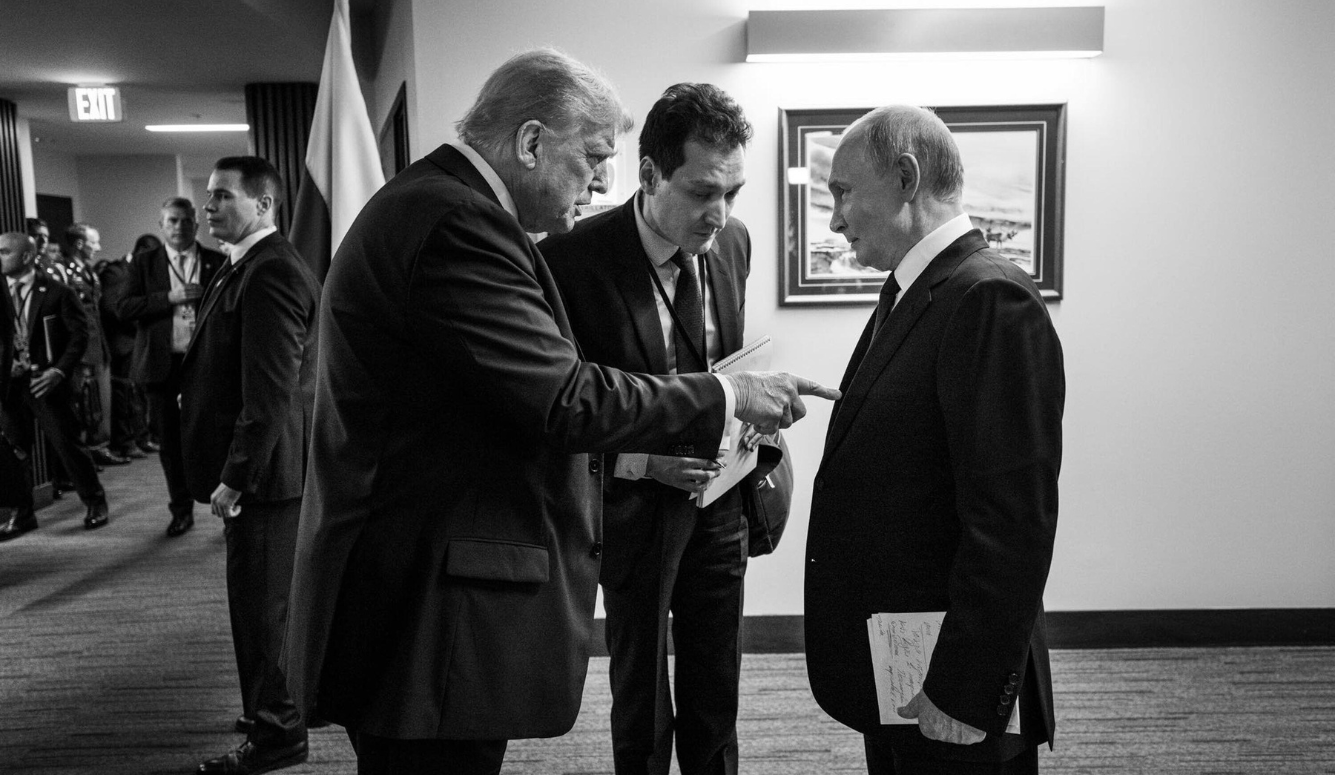
A review of First Among Equals: U.S. Foreign Policy in a Multipolar World by Emma Ashford, 280 pages, Yale University Press (August 2025)
I. The Realist Persuasion
The end of the Cold War created an opening for a more modest conception of America’s role in the world. In 1990, the former US ambassador to the UN Jeane Kirkpatrick spoke for many when she wrote that the United States had “performed heroically in a time when heroism was required,” but that the day had passed when Americans ought to bear such “unusual burdens.” With a return to “normal” times, she said, the United States could “again become a normal nation.”
A “normal” nation, Kirkpatrick argued, had no need for the “dubious benefits of superpower status.” The United States could be a normal nation if it ended its “unnatural focus” on foreign policy and pursued its national interests as “conventionally conceived.” That meant protecting its citizens, its territory, its wealth, and its access to the markets and resources of the global commons. It did not mean preserving the balance of power in Europe or Asia, promoting democracy, protecting human rights in supreme emergencies, or taking responsibility for problems in the world that did not impact Americans directly.
The demise of the Soviet Union inaugurated an era of “unipolarity” in which American power appeared to be uncontested, placing an enormous burden of decision and responsibility on American shoulders. By all appearances, the US had become a Hobbesian Leviathan “to keep them all in awe.” Despite this windfall of unprecedented global power, the last decade of the 20th century saw some tentative steps in the direction of normalcy as America’s governing class allowed the nation’s military strength to atrophy and began to curb the scope of its international engagement. But al Qaeda’s 2001 attack on American civil society jolted the United States into a new flurry of activism abroad. When memories of 11 September were still fresh, the military campaigns in Afghanistan and Iraq and the global exertions of the war on terror attracted broad support among both the governing class and the public at large.
It wasn’t long, however, before the blood and treasure expended in these wars made it possible and expedient for political leaders to recoil from America’s traditional role as the upholder of international order. Barack Obama was elected, in part, as the antidote to global ambition. For a nation weary of large national commitments and clamouring for a more restrained foreign policy, Obama promised a respite from international activism. He jeered at his Republican rivals who criticised his retrenchment impulse, reminding them that the Cold War was over. A policy of “offshore balancing”—in which America prioritised the security of tangible interests like oil reserves and military bases—has been in fashion ever since.
Emma Ashford, a columnist at Foreign Policy and a senior fellow at the Stimpson Center, exemplifies this realist dispensation. In her new book, First Among Equals: U.S. Foreign Policy in a Multipolar World, Ashford argues that America’s postwar strategy of communist containment was an aberration in the history of US foreign policy. She laments that the United States did not discard this muscular internationalism following its triumph in the Cold War, instead redoubling its commitment to the spread of liberal order during the heady “unipolar moment” that followed.
First Among Equals expresses a view that has gained traction in the foreign-policy community during an era of growing public opposition to military aid for Ukraine and Israel. The author opens with the stark judgment that the age of American “unipolarity” is living on borrowed time. The United States, Ashford argues, resembles the British Empire a century ago, when the “weary Titan” was no longer able to shoulder the burden of a global order that demanded a defence of many other nations’ interests as well as its own. Global changes have aggravated America’s strategic outlook as rival powers have begun to challenge US supremacy in their respective regions. With the liberal order under siege, Ashford contends, Americans must give up the trappings of hegemonic power and accept a more mundane vocation. Little wonder that the book’s epigraph is Kirkpatrick’s injunction for America to be “an independent nation in a world of independent nations.”
Ashford’s book is divided into two parts. The first analyses the post-Cold War trajectory of US foreign policy while scorning the maxims of liberal hegemony that bred deep global engagement. The ends of US strategy in the past 35 years “shifted dramatically” from an essentially defensive policy of containing Soviet power and checking its expansionism to a “fundamentally transformative strategy” intended to entrench liberal hegemony by expanding the realm of market democracies and bringing various forms of power to bear against recalcitrant regimes. This overextension of US power, she argues, courts national decline.
The second half of First Among Equals sketches out a new—or rather a very old—vision of American power. Instead of pursuing “revolutionary change” on behalf of liberal hegemony, Ashford advocates “a strategy of Realist Internationalism.” This systematic theory of power imagines “a substantially more limited set of interests than those claimed by some other grand strategic approaches to the world.” With fewer interests to defend in the world, the United States would be able to curtail its foreign involvement while vigilantly defending its “vital interests.” Assuming that other nations are in ascension, Ashford proposes that the United States adapt to a world where it is no longer dominant.
This limited conception of America’s power and purpose is a core component of modern realist thinking about international politics. Originally, realists were cunning and sometimes caustic critics of a progressive ideology that preached the moral perfectibility of mankind and the possibility of permanent peace. Against such fanciful notions, realists conspired to assert the primacy of power in the international arena. Inspired by their reading of Thucydides, Hobbes, Machiavelli, and the “Christian-realist” theologian Reinhold Niebuhr, they formed a school of thought devoted to propagating grim truths about man’s fallen nature and the inevitability of tragedy in the temporal world.
Hans J. Morgenthau’s Politics Among Nations (1948) is the realist tract par excellence. Morgenthau argues that nations will always pursue their own interests, which lie mainly in the accumulation of power. On this basis, international peace depends on armed might and adroit diplomacy by great powers to maintain a delicate equilibrium. “The choice,” Morgenthau declares, “was not between moral principles and the national interest, devoid of moral dignity, but between one set of moral principles divorced from political reality, and another set of moral principles derived from political reality.” For realists, then, there was no higher moral duty than a solid balance of power.
Foreign-policy realism today still adheres to a circumscribed definition of national interest with little regard for what it views as lesser (and dangerously messianic) moral concerns. It casts a jaundiced eye on a foreign policy influenced by the impulse to “remake the world in its own image.” It bitterly regrets that so many Americans stubbornly regard their homeland not merely as a country but also a cause. The United States, said John Quincy Adams in 1821, in what remains the most oft-quoted realist injunction, “goes not abroad in search of monsters to destroy. She is the well-wisher to the freedom and independence of all. She is the champion and vindicator only of her own.”
In more practical terms, the realist persuasion holds that America’s longstanding grand strategy has become at once profligate in the use of military force and self-defeating. To so-called realists today, not only does the United States have no vested interest in an extensive system of defence commitments and forward military deployments, but these accoutrements of its global posture also tempt imperial overstretch while eliciting adverse behaviour from allies and adversaries alike. As Ashford notes, the course of “path dependence” in which the United States continues its activist policy in key regions of the world is a recipe for catastrophe. She echoes Robert Jervis’s old judgment that primacy is no longer “worth the candle.”
Realists, on the other hand, propose a way for the United States to get more out of the world by doing less. In an era when America’s “margin of error for strategic mistakes” is “rapidly shrinking,” Ashford believes that realism offers a pragmatic scheme to “integrate American resources and national interests.” Like many other proponents of realism, she maintains that the process of aligning means and ends necessarily entails a policy of “selective engagement” and husbanding strength rather than augmenting it. This program amounts to a drastic reduction in America’s world role and a willing embrace of “a more diverse international system.”
This argument ultimately misreads the realities of the global situation, but the analytic presentation of the mainstream realist philosophy in these pages is lucid. Realism, as Ashford expounds, is not a single unified theory, it “is fundamentally a nationalist rather than an internationalist philosophy” that spurns “collective notions of global good” and “nebulous concepts” like liberal order. It takes as its primary objectives “the maintenance of American security and prosperity,” the creation of a “manageable balance of power among key states in the international system,” the prevention of the “rise of a regional hegemon in core global regions,” and, most of all, “the avoidance of catastrophic great power war.”
What is striking about this supposedly clear and calculating theory of international relations, however, is its failure to notice that, more than three-quarters of a century after the United States took up the mantle of global leadership, these salient objectives have largely been met, and American interests have largely been secured. In the postwar era, the great power and global reach of the United States has built and maintained a world order of relatively free trade that has been a boon to billions of people. America’s ability to provide security in Europe and Asia has preserved peace among the great powers. What’s more, though it does not rank among realist priorities, democratic government, a rarity in the world before the dawn of the Pax Americana, has flourished on every continent.
Although aligned in principle with the broad thrust of America’s postwar grand strategy, leading realists often found themselves dissenting from actual instances when American power was exercised. From Morgenthau to Walter Lippmann and from George Kennan to Henry Kissinger, realists chastised military interventions and predicted they would expedite national decline or incite global cataclysm. Realists who endorsed containment often bristled at muscular efforts to contain communist aggression, not only in Vietnam but also in Korea. They generally scolded the tone of ideological confrontation with the Soviet Union that animated American diplomacy from Truman to Reagan. Notwithstanding these objections, it was the mixture of hard power and ideological force that ultimately exposed the internal contradictions of the Soviet system and consigned it to the dustbin of history. Ever since, the persistent realist critique of American hegemony has resembled the apocryphal economist who asked: “Yes, it may work in practice, but does it work in theory?”
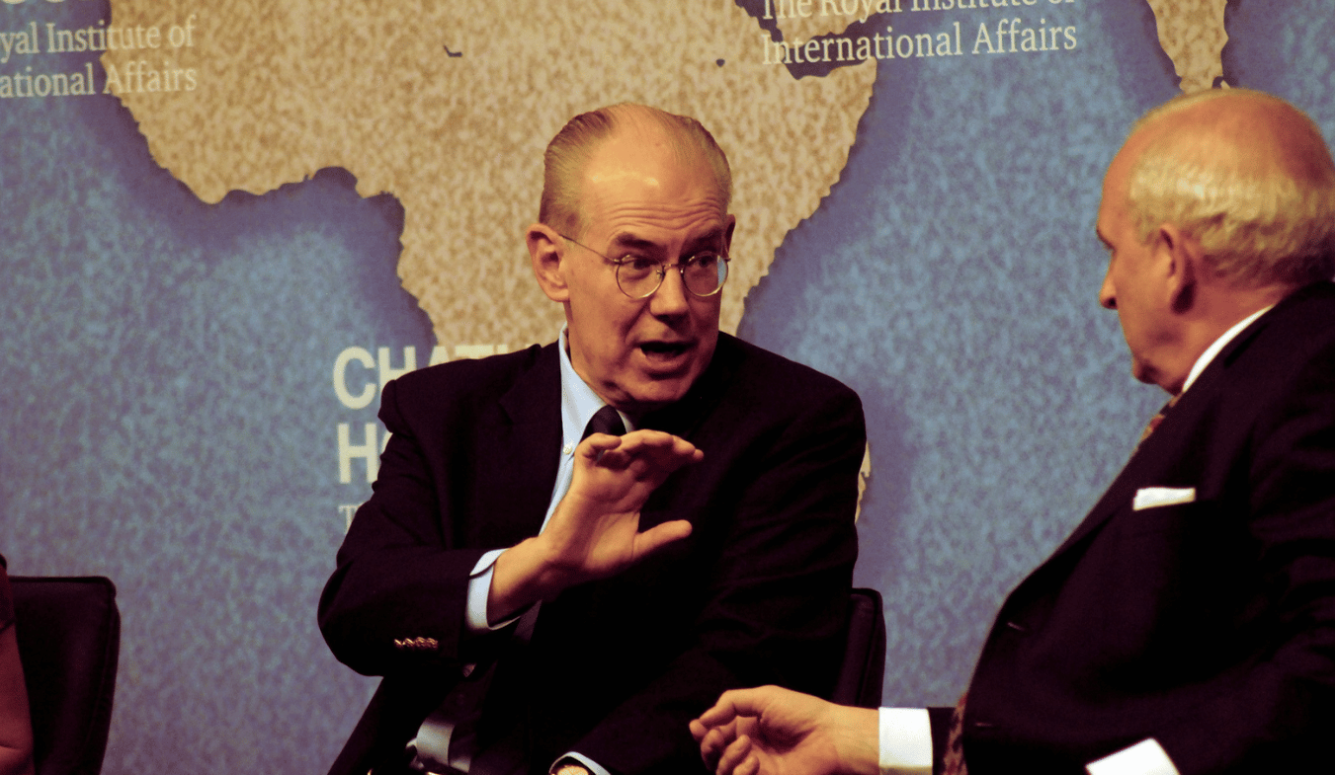
II. The Post-American World
It’s odd that so many self-described realists dismiss the need for overwhelming American power in the world today. Ashford gives the risks of US defence spending cuts short shrift and presses for a reduced military capability. To secure a narrower “set of interests,” she writes, “realist internationalism would shift U.S. military emphasis significantly, focusing not on military primacy (the goal of American foreign policy since the end of the Cold War) but rather on military sufficiency—that is, creating and maintaining the forces needed to defend the United States and its core security interests.” Although Ashford favours a “substantially heavier emphasis on naval and air forces,” her overall proposal for America’s defence posture would result in a conspicuously smaller military unable to deter or defeat aggression—or even to reverse its consequences—across vast stretches of the globe.
This desire to compress the military, in scope and capability, arises from a strategic ennui. The “long peace” we have enjoyed in the postwar era is an artificial product created by American strength and global engagement. Yet the longer it lasts, the more we take it for granted. Though far from perfect, the American-led order has delivered breathtaking global goods: human rights and democracy have spread more widely than ever before, and global and American prosperity have both reached unprecedented heights. Perhaps the greatest success of all, though, lies in what this order has prevented: the sort of savagery and great-power war that has been the warp and woof of history. The notion that the supreme military power responsible for these achievements can now be safely depleted will only encourage the creeping world-weariness of our day. Eventually, abdicating responsibility for global order, and the growing lack of capability to shore it up, will encourage predators to probe for weakness until the international system collapses.
Turning her gaze to current events, Ashford describes Donald Trump as the first “post-unipolar president” who is actively “seeking to accelerate the process of global fragmentation.” Without explicitly defending the predatory “America First” foreign policy of the Trump administration, Ashford expresses sympathy with its stated goals of conserving US power and reducing foreign commitments, as well as the “paradigm shift” of rethinking alliances as “mundane partnerships” instead of “sacred obligations.” The only exception to this broad sympathy with the impulses and priorities of the Trump administration lies in the Far East, where the People’s Republic of China presents what she calls “the only truly significant threat to American interests.” It’s not yet clear how—or if—the Trump White House plans to counter this formidable threat, but Ashford echoes many realists in arguing for “rigid prioritization of US resources to combat China.”
Alas, Ashford does not seem to grasp how realism, with its exaggerated emphasis on material “interests” and its relative indifference to ideology, is a liability in that effort. To begin with, it’s impossible to appreciate the Chinese Communist Party’s obsession with Taiwan and its determination to reunify with the “breakaway province” without an understanding of the CCP’s imperialist ideology, and the subversive threat that Taiwanese democracy poses to it. What’s more, a policy dismissive of human rights is as injurious to the anti-CCP coalition as a policy narrowly tailored toward economic interests. President Trump’s failure to muster moral outrage against Chinese totalitarianism is as strategically inept as his tariffs against Indo-Pacific allies that erode their prosperity and make it harder for them to spend more on defence.
At bottom, Ashford’s case against American hegemony seems to rest on the assumption that its eroded pillars may soon give way. As a result, though she is careful to reject the notion that the United States is fated to decline in absolute terms, she is more than happy to pronounce American pre-eminence “dead” already.
This is a bolder argument than the fickle opinions usually offered by sceptics of America’s longevity as the world’s dominant power. In the late 1980s, for instance, Paul Kennedy predicted the imminent collapse of American power due to “imperial overstretch,” before reversing himself a decade later and declaring that there had never been such a great “disparity of power” as between the United States and the rest of the world. In 2004, Fareed Zakaria asserted that the United States enjoyed “comprehensive unipolarity” unmatched since Rome. A mere four years later, he proclaimed the coming of the “post-American world.” In the late 1990s, Samuel P. Huntington warned of American isolation as the “lonely superpower.” Were Huntington still with us, would he render this judgment today, after a phalanx of European leaders crowded the Oval Office to ask America to hold fast in its determination to end Russia’s vicious war on Ukraine?
To her credit (if that’s the word I want), Ashford’s dour belief in American decline seems to be deep-seated and therefore unlikely to be discarded in the next decade. She grants that the United States, along with China, will remain “ahead of the pack” for some time to come, but she casts doubt on an enduring bipolar Cold War between these two rivals. Instead, she foresees an emerging multipolar era in which military and economic power in the international system “are diffusing to a broader variety of middle powers.” This is not the same as saying the international system will continue to comprise one superpower and several great powers, or what Huntington called “uni-multipolarity.”
A new geopolitical landscape will eventually come into being, but reports of America’s declining power have been ubiquitous for decades, and the United States has stubbornly defied these predictions. There is good reason to believe that rumours of America’s decline are still greatly exaggerated. The US economy remains a juggernaut, with its share of global GDP holding roughly steady over the past half-century. It remains among the world’s safest and most attractive investments. The shale-gas revolution has transformed the United States into a net exporter of energy. The dollar, which has been the world’s reserve currency like no other in history, seems likely to remain so. And the United States has the healthiest demographics of any of the world’s largest economies. All this gives it vast leverage to deter or punish aggression by revisionist states. Moreover, American military power, even amid a prolonged budget crunch, remains unmatched. It exerts what the political scientist Barry Posen calls “command of the commons” and has the unique capacity to project power to the ends of the earth. Though Americans seem increasingly unprepared for hostilities with Beijing and may be reluctant to enter them, equipped with the right leadership, there is no reason Washington cannot muster the will and the power to preserve a fragile peace in the Indo-Pacific.
Meanwhile, the “rise of the rest,” long foretold by Charles Kupchan and other declinists, has not yet come to pass. For all of America’s problems, other great powers have chronic problems of their own that have slowed or stalled their ascent. Even if those powers manage to escape the middle-income trap (in which poor countries struggle to grow more than the moderately rich), many will have a hard time converting their economic heft into geopolitical influence. A growing stake in the world economy from the European Union and India and Brazil is likely to have only a marginal effect on America’s strategic position, and it is more liable to boost it than subvert it. A greater diffusion of power in the international system and the rise of freelancers keenly pressing for advantage may also beget a spike in violence and anarchy in the global commons.
The leading authoritarian powers also face constraints in their ambition to supplant American power. Since Russia’s war on Ukraine began in 2014 with its annexation of Crimea and invasion of eastern Ukraine, the Kremlin has been unable to achieve its main political goal of exerting direct control over Kyiv or, at least, of gaining veto power over its foreign-policy choices. Meanwhile, Russia’s economy has been hit hard by Western sanctions, and its population is shrinking almost as fast as China’s, whose demographic bust will exert tremendous social and political pressures in the years ahead. Beijing’s centralisation of the economy hampers Chinese innovation, and its techno-surveillance state has made its political system even more rigid. Despite its impressive military buildup, the People’s Liberation Army is without the deep bench of allies and regional partners that characterises the US alliance system in the Indo-Pacific. These are real and imposing obstacles to the revisionists’ design to overthrow the existing order.
Despite this abundant countervailing evidence, a legion of contemporary pundits and international observers continue to forecast a post-American world, and many even appear to welcome it. Such a prognosis is usually a function of poor historical knowledge. After all, the heyday of multipolarity following the Napoleonic wars—the so-called “Concert of Europe”—was marked by frequent bursts of internecine warfare among the great powers. The competition for regional preeminence in Asia among China, Japan, and Russia also spilled vast quantities of blood. An astute scholar, Ashford is presumably aware of this grim history. Her case for meekly accepting multipolarity therefore seems to be motivated by an overheated misreading of current events. In her telling, the “overreach of the unipolar moment” and various “grand liberal crusades” in the Middle East has frittered away America’s global prestige as well as its comprehensive national power. But her recounting of recent US foreign policy includes some telling omissions and distortions that build slowly and methodically to an unconvincing conclusion.
For instance, Ashford depicts US post-Cold War strategy as “profoundly transformational, with attempts to maintain American military primacy by suppressing military capabilities of both allies and adversaries; to enforce liberal norms through international institutions; to spread democracy by the sword; and to prevent global atrocities by rewriting the norm of sovereignty.” In reality, successive American presidents have enjoined traditional allies in Europe and the Indo-Pacific to make greater investments in defence and have either scoffed at their refusal or, lately, complimented their willingness to do so. Moreover, Ashford barely mentions, let alone criticises, the entrenched if unstated American habit of enabling brutal authoritarian rule, especially in the Middle East.
In addition, Ashford recycles crude caricatures of the war on terror, which in her mind impart the lesson that military action against a global insurgency of Islamic militants yields little besides “blowback and the rise of new terror groups.” This thoughtless and unworthy defeatism fails to account for the rise of old terror groups in the years of American passivity before 11 September, when jihadist attacks on US ships and embassies went unpunished and Osama bin Laden was left unmolested. It also ignores that al Qaeda’s spectacular onslaught on American soil naturally served as a catalyst for a revolutionary Islamist awakening in predominantly Muslim lands as well as among deracinated young Muslims in the West. (A similar phenomenon played out after 7 October, which stimulated a surge in global “anti-Zionism” and antisemitism and sparked widespread sympathy for Hamas and other jihadist movements.)
What Ashford would recommend America does about these holy warriors—and other mass movements animated by mad ideological beliefs—she leaves us to guess. However, she hints that the campaign against militant Islam ought to be chiefly a police and intelligence action. Discussing the increasing global disorder in the age of Obama, she remarks that “the Arab Spring uprisings had created an explosive mixture of weapons, extremist ideologies, and frustrated populations in the Middle East.” It would be truer to say that the popular Arab upheavals revealed frustrated populations and galvanised preexisting extremist ideologies—both conditions fomented by the very autocratic regimes that prophets of realism defend and extol. Ashford also exhibits a more general failure to understand that, in history, great powers seldom have a straightforward choice between war and peace. Even if the United States had chosen not to wage war against jihadist movements and hostile regimes in this century, it might well have had to fight these forces later under even less favourable circumstances.
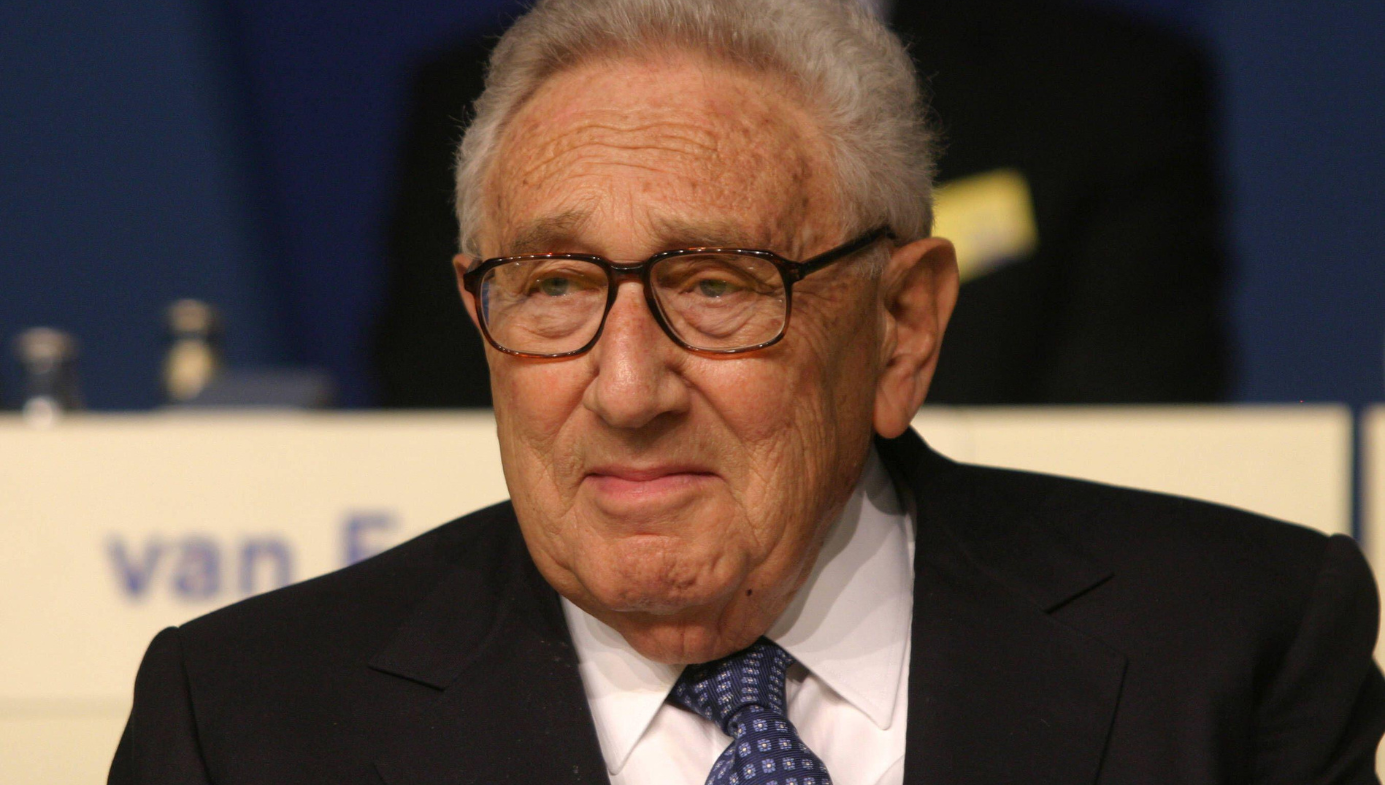
III. The Case Against Multipolarity
More problematic than historical revisionism and insouciance about the menace of transnational jihad is the author’s optimism about the prospects of a genuinely multipolar world:
Multipolarity is often seen as a negative for the United States, because it increases the freedom of maneuver of states such as China and Russia. Yet in encouraging autonomous, but friendly, states to develop their own capabilities—turning their latent economic power into military strength—U.S. policymakers can hedge against shortfalls in our own capabilities and boost the ability of other states to resist adversaries.
If the United States is already fearful about its ability to deter China’s ambition to subjugate Taiwan, as America’s top commander in the Indo-Pacific, Admiral Samuel Paparo, has signalled, then it is unlikely that Beijing will be intimidated by the negligible military growth of lesser powers on its periphery. It’s also doubtful that those US allies will feel obliged to embark on military buildups in the absence of a firm and demonstrable American military commitment to regional security. Surely, it’s more likely in those circumstances that traditional US allies will seek to keep a low profile and, if necessary, accommodate the rise of Chinese hegemony.
Although Ashford repudiates a wholesale retrenchment of US power in this theatre, she appears to be complacent about aggressions that might be provoked by American timidity. From the Cold War, she draws the lesson that “there will be some places where U.S. interests will warrant the risk of nuclear escalation and other places where these interests are not sufficient,” but she fails to elaborate which places on the map today would be worth defending with American arms and blood. Here, one recalls President Obama’s claim during his second term that he didn’t want to risk nuclear war over Ukraine. And perhaps Ashford would agree. But this doesn’t answer the obvious corollary: over which foreign country should an American president be willing to risk a nuclear exchange?
If Ukraine isn’t worth risking nuclear conflict, then what about Lithuania? The latter is a member of NATO, but it was admitted during that burst of liberal euphoria when NATO enlargement was the cause du jour in Washington and Brussels (and in European capitals much farther east, too). And what about Taiwan? In a few terse passages about the endangered island democracy, Ashford comments that it is a place “where Chinese intentions to alter the status quo are clear and where U.S. interests are not necessarily sufficient to warrant a conflict.” It’s surely frightening to contemplate a confrontation between nuclear powers, but few realists seem to grasp that a refusal to go eyeball-to-eyeball with a nuclear-armed and expansionist dictatorship, as Kennedy did with Khrushchev in 1962, can lay the ground for no less frightening scenarios including rampant aggression by ruthless totalitarian empires.
In “a world of burgeoning multipolarity,” Ashford predicts, the old struggle for mastery between various world powers will soon resume apace. On this reading, future competition will not follow a simple ideological bifurcation between democracies and autocracies. Indeed, she suggests that major powers in the democratic world have already begun to jockey for position in this post-American order: President Emmanuel Macron of France declared in 2023 that Europe should aspire to become a “third pole.” India’s Prime Minister, Narendra Modi, has welcomed the creation of a multipolar world. The Brazilian finance minister, Fernando Haddad, has said that Brazil will not take sides between the United States and China since it is “too big to be choosing partners.”
This budding resentment of and opposition to US global leadership from fellow democracies, Ashford speculates, will gather momentum in the years ahead, exerting more and more pressure on the United States in its pretensions to global supremacy. She treats this “balancing behavior” as an inevitable outcome once the fall of the Iron Curtain left America as the only superpower standing, but she does not explain the broad acceptance of that power among free nations long after the Soviet Union was no more. In addition to America’s “excess of power,” she points to its “revisionist goals” for transforming the world that accelerated this change in the world order. But she fails to consider that it had many allies and supporters in its efforts to do so. The progress toward multipolarity cannot be stopped, she confidently declares, but to mitigate and slow it, she advises US policymakers to abandon “liberal ideals” in foreign policy and focus on “interests over values.”
There is no question that an increasingly robust challenge to world order from an axis of autocracies now demands a degree of prioritisation—and urgent development—of US military and diplomatic capabilities. But how the demotion of ideological considerations in US statecraft will improve the strength and coherence of the free world is a mystery. The supreme task of bolstering democracies in a turbulent era suggests the contrary conclusion, since pride and solidarity are crucial assets in their mutual defence. Maintaining a potent ideological dimension in US foreign policy can also erode the legitimacy of dictatorial rule by encouraging and organising opposition from within and without.
It’s also worth questioning whether the increasing ferment in the international system will translate into real and sustained bids for global power from militarily feeble democracies. Abstention from power politics is one thing; outright opposition to American hegemony, and forceful attempts to carve out spheres of influence, is quite another. Realists are always keen to insist that the balance of power is an inescapable condition of international life because overwhelming power leads other states to balance against it. As German commentator Josef Joffe has observed, “power begets superior counterpower; it’s the oldest rule of world politics.” Often true, but not always—the United States has so far consistently bucked this reportedly iron law of history.
Recent French pledges to furnish a “third way” in world politics hardly indicate that this will soon change. After all, similar pledges have been standard fare in French diplomacy dating back to the Cold War, when Charles de Gaulle yearned for “strategic autonomy” and even withdrew his country from NATO’s integrated military command. By dint of its geographical position and its liberal character, the United States has traditionally been less vulnerable than previous great powers and also less threatening to others. As Stephen Brooks and William Wohlforth pointed out more than two decades ago, the main challengers to American primacy find themselves in the opposite position. “They cannot augment their military capabilities so as to balance the United States without simultaneously becoming an immediate threat to their neighbors.” This still applies today.
Perhaps the most disfiguring feature of First Among Equals is its lack of anxious foresight about the probable consequences of a new multipolar order in which roughly equal great powers are defending their own turf. It is strange that a book this pessimistic about human nature should embrace delusional optimism, and Ashford seems to notice the incongruity. Her overarching proposal for less American power, she acknowledges, “may seem at odds with realism’s emphasis on caution and prudence,” but she concludes that the dangers of “unbalanced multipolarity” are manageable while “the trade-offs are worth the risk.”
But a return to the “world as it is” is not going to be pleasant. We need only recall what the world was like before the rise of American power. Alternatively, we could imagine what the world would look like today had America not become the liberal hegemon for these past eighty years. Without American power, the world would surely never have escaped from great-power spheres of interest, wars of aggression, genocidal violence, and large-scale international anarchy.
Ashford concludes her book by urging Americans to “learn to live in a world in which theirs is no longer the indispensable nation.” If America resigns itself to being a dispensable nation, however, others will find that they suddenly have more capacity to make themselves indispensable, at least in their orbit. And those most likely to exploit this opportunity are illiberal forces and totalitarian regimes that have a vested interest in shaping a new order that reflects their beliefs and preferences.
IV. The Roots of American Internationalism
This is what makes Kirkpatrick’s—and, by extension, Ashford’s—desire for the United States to be a normal nation so bewildering. The United States has not been a normal nation for the past century, if it ever was. Through most of their history, Americans have had a strong national identity that, in addition to the distinctive features that grew out of Anglo-Protestant culture, extols self-evident truths and universal rights. This bedrock national ideology is what led Thomas Paine to proclaim during the American revolution that “America’s cause is in large measure the cause of all mankind.” It is what led Lincoln during the “second” American revolution to proclaim “universal liberty” as America’s fundamental faith—the beating heart of its “civic religion.”
Such an exceptional republic with firmly established revolutionary principles could never have normal or purely selfish interests in its conduct abroad. This has been doubly true in the modern era when its rise to preeminence has allowed it to exercise outsized influence on the world stage. Few other nations in history have attached themselves so earnestly to such a cause, and arguably none has ever defined its interests as overlapping to such a large extent with those of the world. The acquisition of tremendous power has burnished America’s unique claim to be what Robert Kagan calls a “dangerous nation,” and has given its role world-historical dimensions.
To gain a proper understanding of how the world works, and of America’s vital role in it, one must assimilate the strategic assumptions that have guided US foreign policy in the postwar era. It’s often forgotten that the roots of America’s modern grand strategy do not lie in its rivalry with the Soviet Union, let alone in the “unipolar” moment that followed the dissolution of the Soviet empire. The repetition of this common fallacy gravely impairs First Among Equals. As the historical record makes clear, America’s present international role was actually envisioned in the throes of the Second World War, before the Soviet threat was fully apparent and when US officials mostly viewed Moscow as a wartime ally and potential partner.
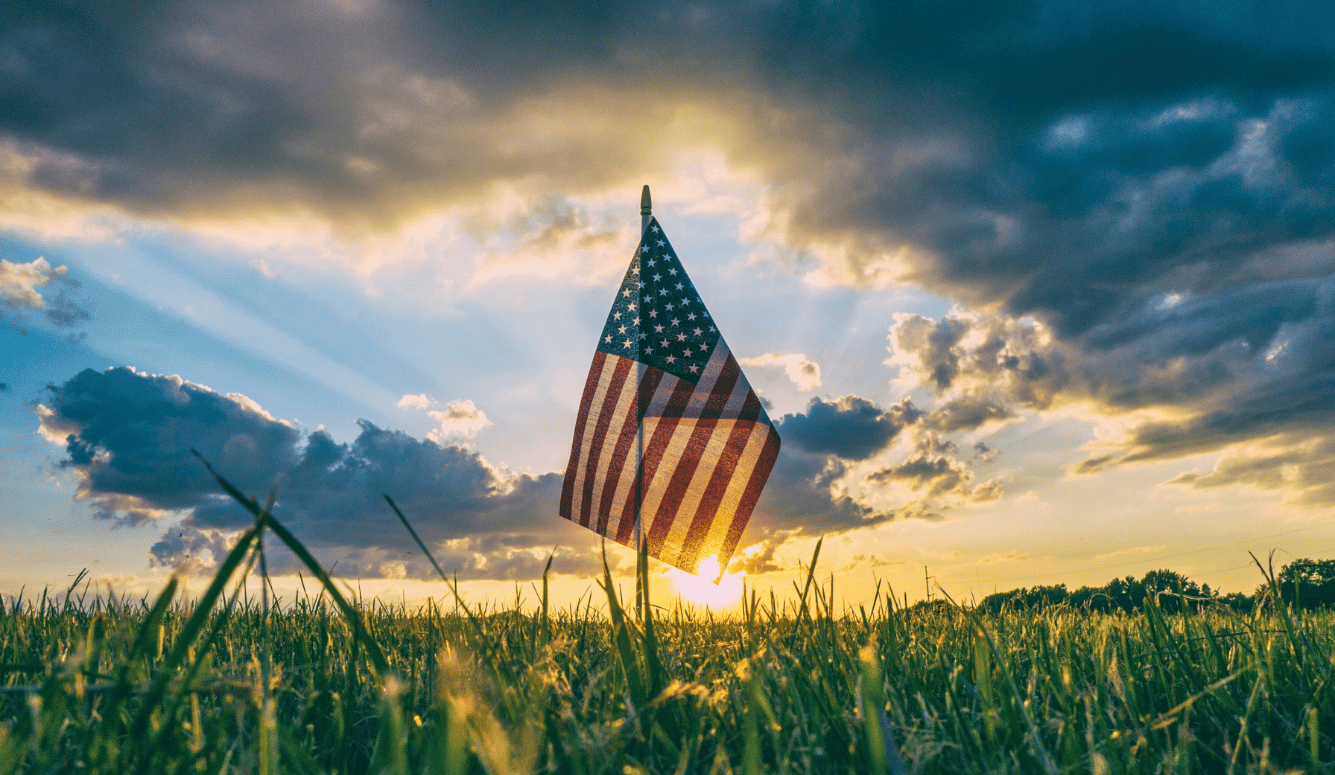
The American order was built in a moment of extreme urgency and profound anxiety. The “wise men” at the helm of American government were seized not by any specific threat but rather by a general sense of the inevitable tragedy of history and the fallenness of man. Twice in their lifetimes had the breakdown of world order pulled their country into a devastating global maelstrom. The consequences of a third collapse and global cataclysm would be considerably worse and perhaps result in the extinction of human life.
The stewards of American power resolved to construct a more durable international order. The calamity of World War II was only possible, as President Truman acknowledged, due to Americans’ adamant refusal to take any responsibility in the world. The creation of a new order more hospitable to America’s interests and the security of its way of life was not an act of altruism, it was an act of enlightened self-interest. In its mixture of realism and idealism, this vision produced a distinctly American internationalism that looked beyond the immediate needs of the United States and sought to secure long-term interests it shared with the world.
The liberal order that Ashford denigrates brought a broad measure of global peace and prosperity that contradicts the realist theory of international equilibrium. Ever since the United States was left alone at the summit of world power, the other great nations have not harnessed their collective power to chip away at American dominance. Instead of rising up in opposition to American hegemony, most of them helped to entrench it. Indeed, their overriding fear has been that the United States would withdraw from its unique leadership role that sustained a world order of unusual benevolence. What Ashford derides as America’s “reactionary defense of the status quo” is in fact a prudent effort to preserve a world order of unparalleled value.
There has long been a facile assumption among opponents of the American-led world order that its benefits would somehow persist once American power and primacy wane. American power may diminish, the political scientist G. John Ikenberry argues, but “the underlying foundations of the liberal international order will survive and thrive.” Fareed Zakaria has argued that even as the balance shifts against the US, rising powers like China “will continue to live within the framework of the current international system.”
Realists harbour no such illusions, since the logic of their philosophy impels them to recognise that global order is always an imposition of brute force and cannot survive without armed might deployed on its behalf. The modern liberal order is no exception. This order was made possible by an intricate system of alliances and institutions underwritten by American military power, and that single power remains integral to its proper functioning. Remove that underlying power, and the order it supports and sustains will collapse.
The main realist fear is that, in an era of global turbulence, America simply no longer has the capacity to use its declining power effectively. If this is so, the real danger is that the United States will continue to defend its position in the world with the same boundless confidence it has long displayed, but without the equivalent means at its disposal to make its mark on global order. From this bleak perspective, America’s leaders are in a state of denial about “the tectonic redistribution of power that is remaking the globe,” and as a result, the country is striding into the future “with its eyes tightly shut,” as Kupchan puts it.
It is the height of complacency to imagine that international order, fragile and transient by its very nature, could conceivably survive a severe depletion in the strength of the superpower that has upheld it. It’s no less illusory to imagine that order thriving after the end of American credibility, which is to say, the perceived reliability of the United States to deliver on promises and carry out threats. To believe otherwise ignores the essentially competitive nature of human beings and the international order they inhabit.
But it is worse to agitate for bringing down this benevolent order with one’s eyes wide open. Ashford and her fellow realists do so because they see no merit in it, and because they believe it is too late in the day for the United States to uphold it. This discontent with the status quo, and a corresponding lack of faith in American power, was prefigured by realist thinker John Mearsheimer when he wrote “Why We Will Soon Miss the Cold War” amid the collapsing scenery of the Soviet Union in 1990. Mearsheimer recommended that the United States shore up its falling rival because a complete Soviet withdrawal from Europe would fatally undermine the balance of power. Without that, Mearsheimer asked, “what will keep the peace in the future?”
The answer, which the realists’ obsessive search for a stable balance of power obscured, lay in plain sight: American power. The realists’ failure to acknowledge this elemental point is owing to a wider intellectual crisis that has beset realism since the outbreak of what Winston Churchill dubbed the “unnecessary war.” It was the Second World War that laid bare the deep inadequacy of the realist conception of foreign policy guided by narrowly conceived interest. Lest we forget, it was the realist policy of “offshore balancing” that animated Great Britain’s foreign policy in the interwar years. As a result, Britain lacked the military power needed to deter German revanchism after the First World War and failed to absorb the strategic implications of a mad Nazi regime bent on war. The importance of this failure is not that it discredited realist strategy, it’s that realist theorists can still offer no serious accounting of the Third Reich’s “goal nonrationality” (to employ Mearsheimer’s stilted language). In the realist imagination, states are simply not supposed to behave that way.
The same general approach to foreign policy that brought about World War Two is now being recommended as the best means of defending US interests in a fracturing world. But there is more recent evidence of the drawbacks of realist strategy. The general reactiveness and passivity that has inhibited US foreign policy—from the Gulf War to the Syrian rebellion—owes in part to eminently realist impulses from George H.W. Bush through Barack Obama. In different ways, this policy has spurred great powers and international freelancers to fill the vacuum, real or perceived, that had once visibly been filled by American power. Realism’s quasi-scientific reductiveness about the definition of power and the national interest is a grave intellectual flaw that condemns its theory in toto.
Fortunately, there are better guides to America’s place in the world. Some of them are found in the historical record, featuring figures who were known in their time for their realistic approach to the world that exhibited respect for both national strength and national honour. Winston Churchill is one of them. It’s often forgotten that when Churchill insisted that “the price of greatness is responsibility” during the Second World War, he was addressing an American audience not long after the United States came out of its geopolitical isolation. In an era when Americans have begun to pine for a return to normalcy, it behooves us to recall Churchill’s sober yet stirring message:
If the United States had continued in a mediocre station, struggling with the wilderness, absorbed in their own affairs, and a factor of no consequence in the movement of the world, they might have remained forgotten and undisturbed beyond their protecting oceans: but one cannot rise to be in many ways the leading community in the civilised world without being involved in its problems, without being convulsed by its agonies and inspired by its causes.
It was this paradoxical pursuit of national greatness and international responsibility that originally led the United States to place its power in the service of a new order consistent with its own interests, values, and principles. Ever since, America has been the world’s incumbent power acting for itself, but also for many others. It was not by wish or choice so much as unsought necessity that America became so deeply involved in the world’s problems, convulsed by its agonies, and inspired by its causes. Despite the evolution of the international system since it assumed that burden, the nature of that responsibility hasn’t changed. And so, in a time when heroism is still required, America must not betray its duty to uphold an order that it remains uniquely capable of leading and, if necessary, fighting for.

